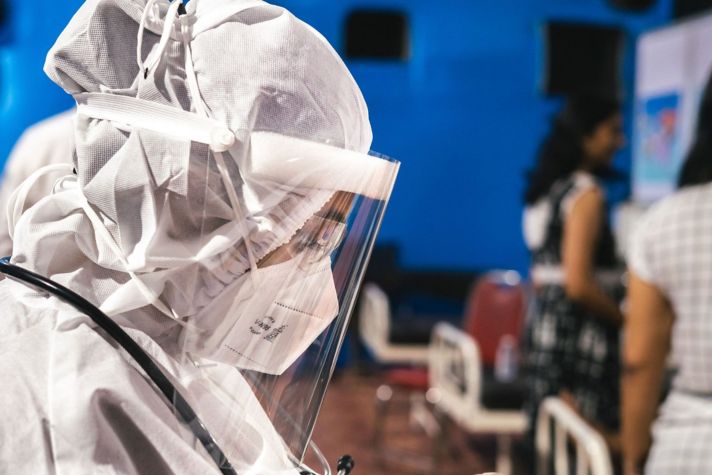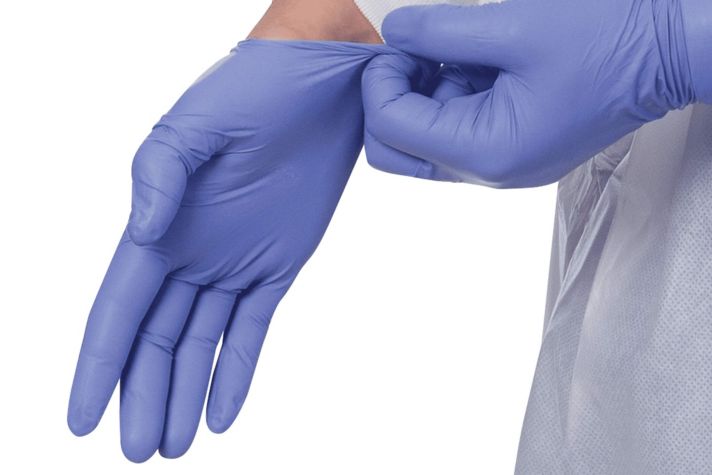-
Global
-
Africa
-
Asia Pacific
-
Europe
-
Latin America
-
Middle East
-
North America
- |
- BUSINESSES
- |
- Contact
- |
-
Global
-
Africa
-
Asia Pacific
-
Europe
-
Latin America
-
Middle East
-
North America
- |
- BUSINESSES
- |
- Contact
- |
You are browsing the product catalog for
You are viewing the overview and resources for
- News
- What Makes the Future of Firefighting Safer
October 27, 2019
Minnesota firefighter Lieutenant Lisa Hanover helped battle a fire for hours one winter when temperatures were negative 10 degrees Fahrenheit.
Despite wearing 90 pounds of equipment and dealing with the extreme cold, she worked for 10 hours.
“I was not fatigued at all,” Lisa said.
In part, her energy could have been because of adrenaline. But she also attributed her stamina to comfortable gear.
Here’s how gear is helping firefighters take on dangerous situations and stay safer.
A custom fit
Lisa’s gear includes boots, bunker pants, gloves, a hood, a helmet and an overcoat, which is custom fit.
“Now the gear actually fits her like it should, making it easier for her to wear … easier for her to be able to do her job, whether it's 50 below zero in the winter or it's 90 degrees in the summer,” said Pat Humphries, who retired as a battalion chief form Virginia Beach Fire Department and now works for Honeywell’s first responder business.
State-of-the-art materials
Modern firefighter gear is also made from state-of-the-art materials, said Jim Walter, who has been with Honeywell’s First Responder business for 23 years and has nearly four decades of volunteer fire service experience.
Gear protects firefighters as they battle blazes more than 1,000 degrees Fahrenheit (538 degrees Celsius.)
It’s necessary for firefighters to get near fire when they need to make rescues or save structures.
“If we can't enter that fire, we can't make that rescue,” Lisa said.
Minnesota firefighter Lieutenant Lisa Hanover pictured above in her modern, custom-fit turnout gear.
Today’s fires burn fast.
In a newer construction building, firefighters have about a minute and a half before the structure starts to become compromised and firefighters can’t enter, Lisa said.
“Couches in homes right now are made out of plastics,” Lisa said. “Those plastics, when they burn, they burn fast, they burn hotter than wood does, so we don't have a lot of time to get into a fire to try and put that out.”
The fibers and fabrics in turnout gear are designed to protect against contaminants caused by fire.
“As a firefighter sweats, pores open up,” Jim said. “Anything that gets into the gear gets absorbed from the firefighter into their bloodstream.”
That can potentially lead to health issues.
New gear tries to keep contaminants and particulates off firefighters’ skin, Pat said.
Biometrics
Gear designers must also be mindful of the heat stress and cardiac issues because of increased body core temperatures, Pat said.
Biometrics technology – which is still being developed and prototyped – will help.
“When you get hit with adrenaline rush, your heart spikes,” Jim said. “So what’s that do to the overall health of the firefighter?”
Those tools will help measure firefighters’ heart rate, respiratory condition and even the temperature of the environment, he said.
Lisa said she is excited about the future of firefighter gear and the potential to reduce the risk of heat injuries, and even cardiac arrest.
“Then, people can go home to their families,” Lisa said.
Copyright © 2025 Honeywell International Inc.



